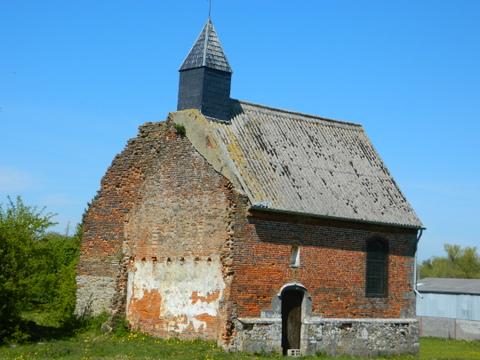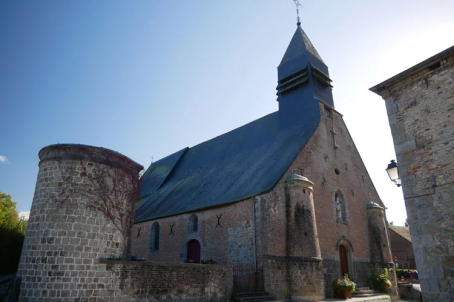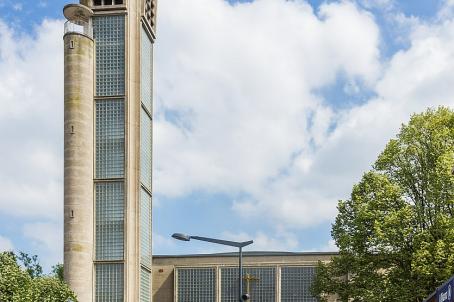Chapel Saint-Julien

The Chapel Saint Julien de Dourlers, in the North, dates from the end of the 15th century. Originally, a hospice was attached to it, welcoming travelers, indigents and pilgrims wishing to sustain themselves or find a refuge for the night. Following a fire that devastated the hospice in 1931, only the Chapel of Saint Julien remains; it is now an essential witness of the history of Dourlers.
About this building
The Chapel Saint Julien de Dourlers, in the North, dates from the end of the 15th century. Originally, a hospice was attached to it, welcoming travelers, indigents and pilgrims wishing to sustain themselves or find a refuge for the night. In 1622, in the middle of the Thirty Years' War, the buildings and the chapel were set on fire and looted by the troops of Ernst von Mansfeld.
After being rebuilt around 1633, the hospice, which experienced further destruction during the wars of Louis XIV in the Netherlands (1672 to 1678), survived well over the centuries: it remained in use until the late eighteenth century. The buildings were then used for a while and finally abandoned, and in 1931 a fire broke out in a nearby farmhouse and destroyed the entire hospice, leaving only the chapel untouched and still remaining today.
The chapel, made of bricks and blue stones of Hainaut, is topped by a small steeple. Inside, there are elements of the Gothic style in the side entrance, as well as representations of Saint Eloi, Saint Sebastian, Saint Anthony and Saint Julian, to whom the chapel is dedicated. The latter, a patron of pilgrims, hospices and hospitals reminds visitors of the purpose to which the chapel was originally dedicated.





